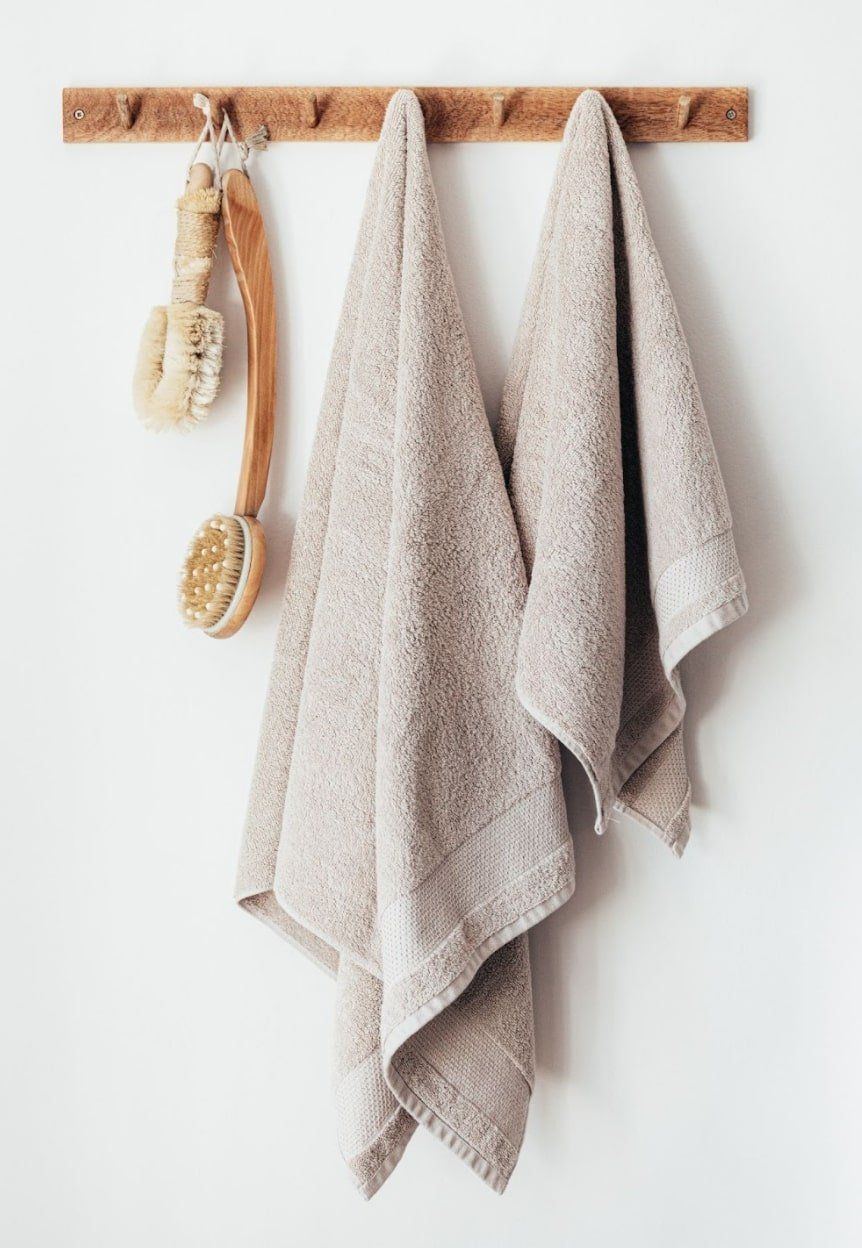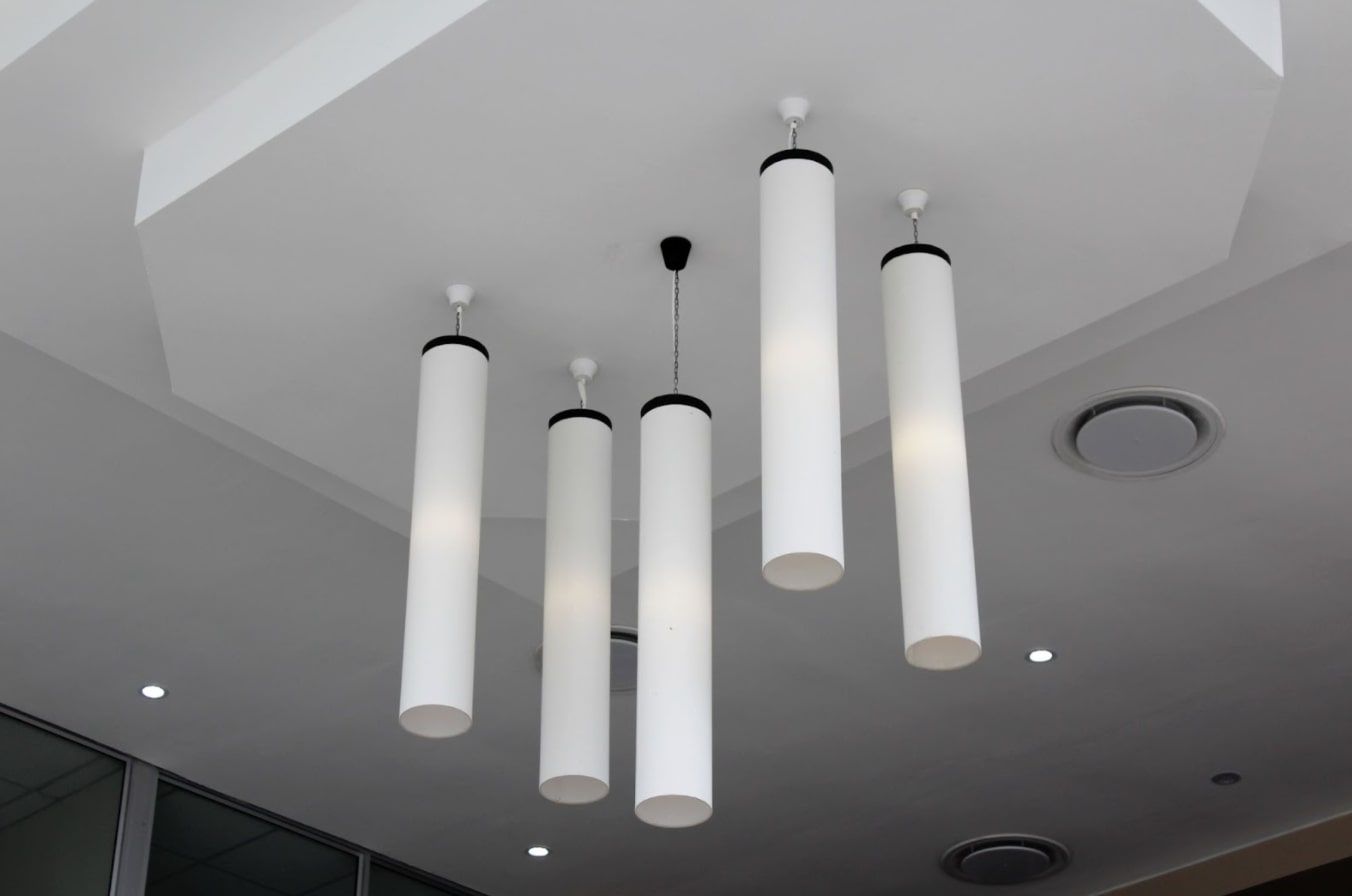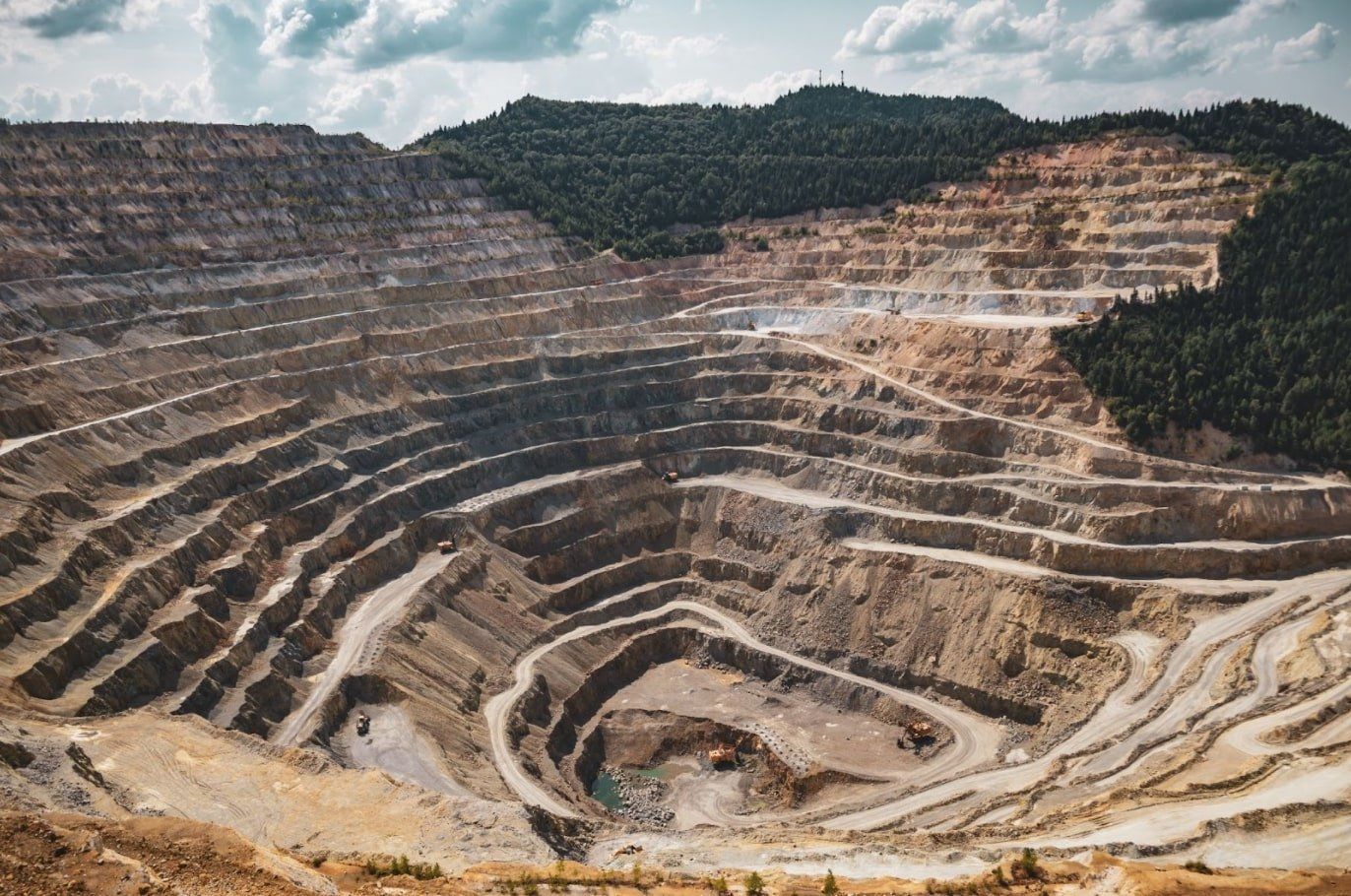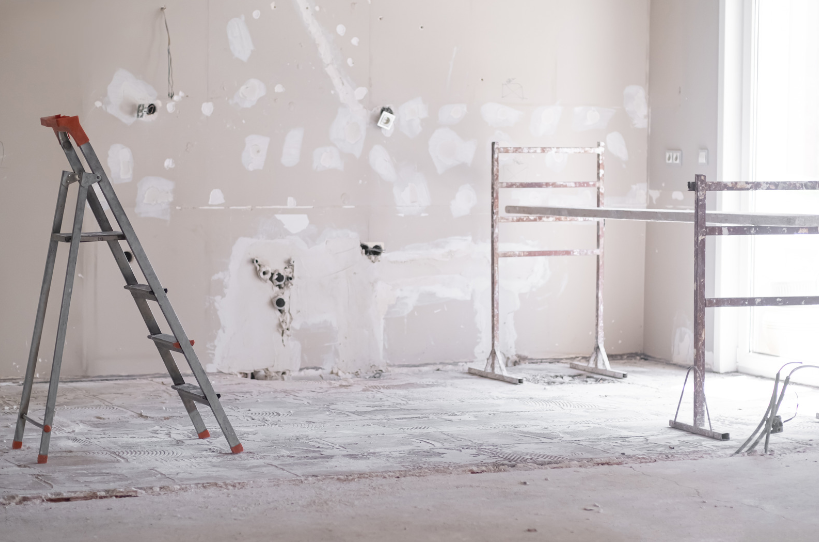
09 Mar, 2024
When it comes to constructing or renovating homes, offices, or commercial spaces, one material stands out as a fundamental element in interior finishing: drywall. Also known as gypsum board or plasterboard, drywall is a ubiquitous feature in modern construction due to its versatility, affordability, and ease of installation. Whether you're a seasoned contractor or a DIY enthusiast, understanding the basics of drywall is essential. In this brief guide, we'll look at the fundamentals of drywall, its composition, installation process, and key considerations. What is Drywall? Before we can delve deeper into the different types and uses of drywall, it is important have a basic understanding of the material we are working with. Drywall consists of gypsum plaster sandwiched between two layers of paper. The gypsum core provides rigidity and fire resistance, while the paper layers offer durability and facilitate easy finishing. Available in various thicknesses and sizes, drywall panels are manufactured in standard dimensions suitable for different applications. Composition of Drywall The primary component of drywall, gypsum, is a soft sulfate mineral known for its fire-resistant properties. When mixed with water, gypsum forms a paste that solidifies into a hard substance, providing a stable core for each drywall panel. The outer layers of paper serve multiple purposes. The front-facing paper provides a smooth surface for painting or wallpapering, while the back paper enhances structural integrity and prevents moisture absorption. Types of Drywall Standard drywall is the most common type of drywall used for interior walls and ceilings in residential and commercial construction. This all-purpose material is used anywhere that special considerations, such as moisture and fire-resistance, are not needed. Moisture-resistant drywall is ideal for areas prone to moisture such as bathrooms, kitchens, and basements. It features water-repellent paper facing that helps prevent mold and mildew growth. Fire-Resistant drywall is designed to slow the spread of fire. It does this by means of special additives or glass fibers in the gypsum core that offer enhanced fire protection. Installation Process Though simple and straight-forward in its technique, drywall installation requires a steady hand and a tried-and-true process. This is a brief overview of our drywall installation process: Preparation: Before installing drywall, ensure the framing is structurally sound and meets building codes. Measure and cut drywall panels to fit the dimensions of the walls or ceilings. Hanging: Using drywall screws, attach the panels to the framing studs or joists, starting from the ceiling and working downwards. Leave a small gap between panels for expansion and contraction. Taping and Mudding: Apply drywall tape over the seams between panels and cover with joint compound (also known as mud). Smooth the mud with a drywall knife to create a seamless surface. Sanding and Finishing: Once the mud dries, sand the joints to achieve a smooth texture. Apply additional coats of mud as needed, sanding between each coat until the surface is uniform and free of imperfections. Priming and Painting: Before painting, apply a coat of primer to seal the drywall surface and enhance paint adhesion. Choose high-quality paint suitable for interior walls and apply evenly for a professional finish. Key Considerations When dealing with drywall, there are a few key items to keep in mind: Safety: When handling drywall panels and tools, wear appropriate safety gear such as gloves, goggles, and dust masks to protect against injuries and airborne particles. Moisture Control: Proper ventilation and moisture barriers are essential to prevent moisture buildup and ensure the longevity of drywall installations, especially in humid environments. Quality Materials: Invest in high-quality drywall panels, screws, joint compound, and painting supplies to achieve durable and aesthetically pleasing results. Drywall serves as the backbone of modern interior construction, offering a cost-effective and versatile solution for partitioning spaces, concealing wiring and plumbing, and creating smooth, paintable surfaces. By understanding the basics of drywall composition, installation techniques, and maintenance requirements, homeowners and contractors alike can make informed choices while transforming living and working environments. Whether you're embarking on a renovation project or constructing a new building, drywall is sure to be an important part of the project. Call us today to get the right materials installed the right way for long-lasting and beautiful walls!
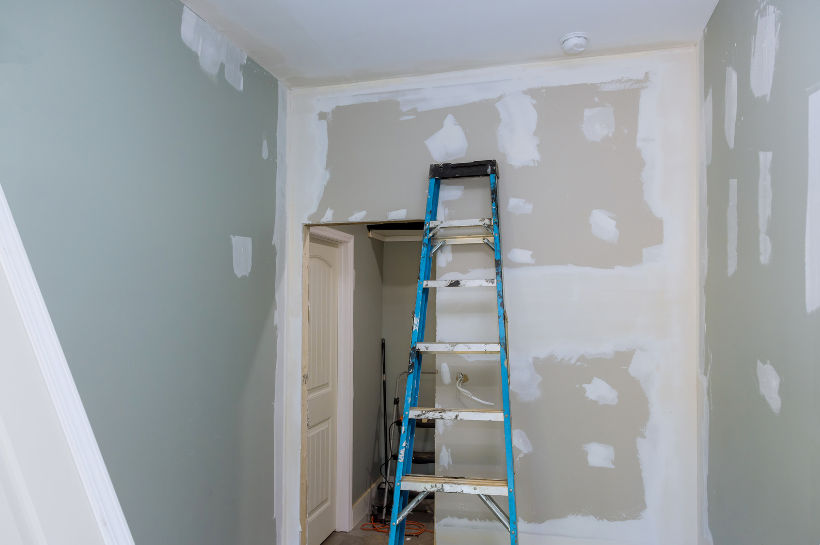
23 Jan, 2024
Installing drywall can be a challenging task, especially when it comes to lifting and positioning the heavy panels. That's where a good drywall lift becomes your unsung hero. In this blog post, we'll explore the features and qualities that define a reliable drywall lift, making your construction projects smoother and more efficient. Sturdy Construction: The foundation of any good drywall lift lies in its construction. Look for a lift made from high-quality materials like steel or aluminum. These materials provide the necessary strength and durability to withstand the weight of drywall panels without compromising stability. A sturdy frame ensures that the lift can handle the rigors of construction sites, making it a long-lasting investment. Adjustable Height and Reach: Versatility is key when it comes to choosing a drywall lift. Opt for a model with adjustable height settings to accommodate different ceiling heights. Additionally, a lift with an extended reach allows you to position panels precisely where you need them. These adjustable features contribute to the lift's adaptability, making it suitable for various projects. Easy Maneuverability: A good drywall lift should be easy to maneuver around the job site. Look for models with smooth-rolling casters that can navigate uneven surfaces effortlessly. Some lifts even come with swivel casters, providing enhanced maneuverability and allowing you to position the lift with precision. Easy mobility ensures that you can transport the lift to different areas of your home or construction site without hassle. Quick and Secure Locking Mechanism: Time is of the essence in many construction projects, and a reliable locking mechanism can significantly speed up the drywall installation process. Look for a lift with a quick and secure locking system that firmly holds the drywall panels in place during lifting and positioning. This feature not only improves efficiency but also ensures safety and prevents damage to the drywall by preventing accidental releases. User-Friendly Design: A good drywall lift should be user-friendly, even for those who are not seasoned construction professionals. Consider features such as easy-to-use controls, intuitive assembly, and clear instructions. A user-friendly design minimizes the learning curve, allowing you to set up and operate the lift efficiently, ultimately saving you time and effort. Weight Capacity: Different drywall lifts come with varying weight capacities. Ensure that the lift you choose can handle the weight of the drywall panels you intend to install. It's crucial to select a lift with a sufficient weight capacity to avoid overloading, which could lead to instability and safety risks. Investing in a good drywall lift is a smart decision for anyone involved in construction or renovation projects. The right lift can make the drywall installation process smoother, faster, and safer. Consider factors like sturdy construction, adjustable features, easy maneuverability, locking mechanisms, user-friendly design, and weight capacity when choosing the perfect drywall lift for your needs. With the right equipment by your side, you'll be elevating your construction game to new heights.
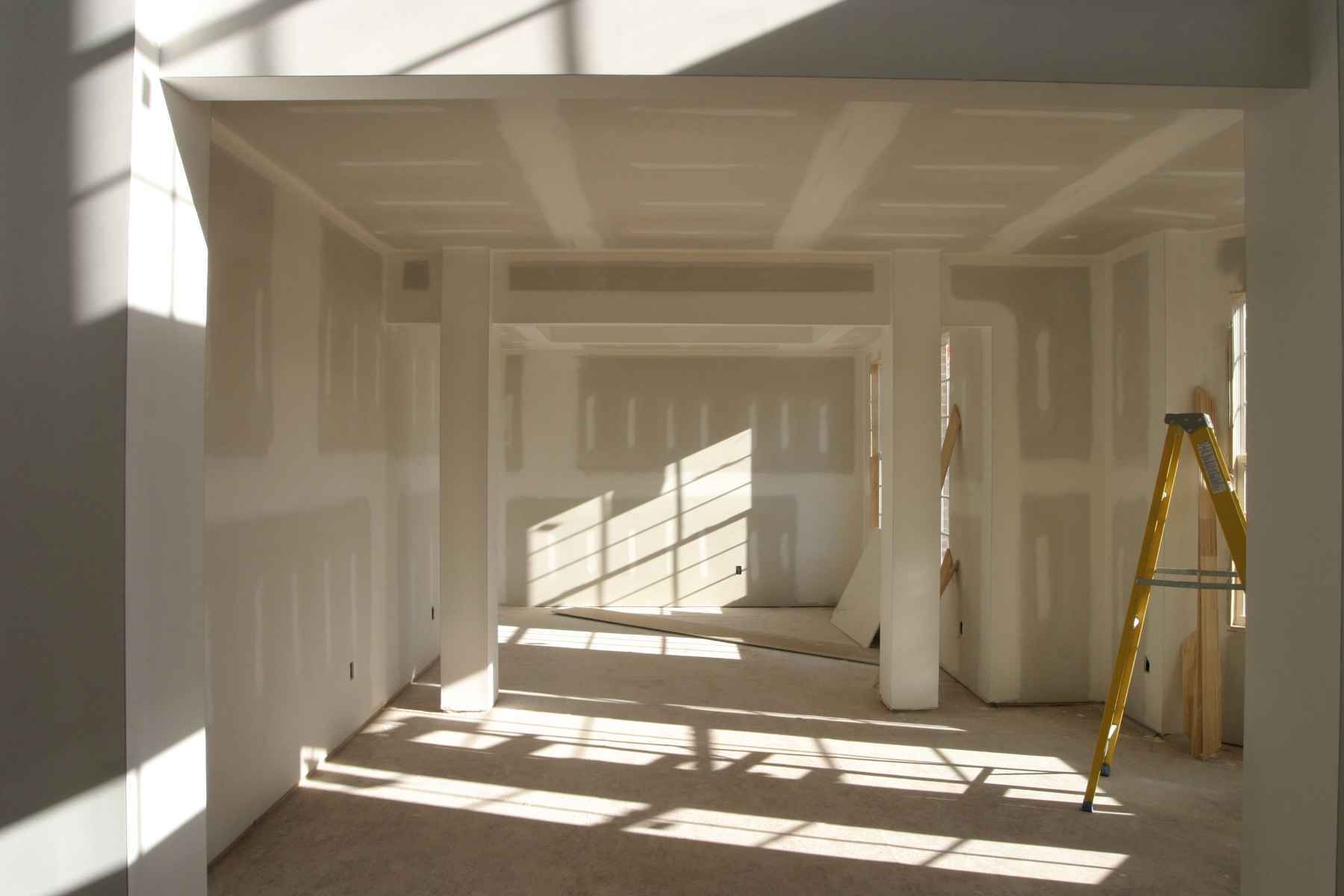
13 Oct, 2022
When building or renovating homes, drywall is the most frequently used material. It is an extremely useful material that may be used to construct ceilings and walls. Drywall is a terrific do-it-yourself job for many different households since it is so simple to put up. However, for professional drywall installation, Drywallers Kitchener has proven to do extremely great work. You might be curious about how high off the ground you should install the drywall. This article will help you understand how far to install drywall off the floor for excellent results. Is it Right to have a Gap between the Floor and the Drywall? Initially, it may seem too counter-logical to make space between your floor and your wall; nonetheless, you should always maintain a gap of ½ inch to ⅝ inch between the drywall and the floor. There are various factors that motivate this decision such as; Drywall can absorb moisture Drywall placed directly on concrete will absorb any moisture available in the floor, whether that is exposed to moisture now or will be prevalent in the future. Drywall exposed to moisture runs the risk of rotting and falling apart. In addition, it offers the perfect environment for mold to flourish. Several concrete walls are not leveled well Even though the flooring built after the drywall can rectify any defects in the floor, if drywall is installed directly on the floor, even a slight slope in the concrete will result in an entire sheet of drywall being crooked. Large gaps may appear either between the sheets of drywall or between the ceiling and the drywall if even one of the sheets is not level. Different weather variations result in the expansion and contraction of floor and drywall When the sheets of drywall expand, they will impose pressure on each other if they lay directly on the floor. There is a good chance that this will crack the drywall. Consequently, when a house settles, drywall that comes in close touch with the concrete slab and is forced up as the house settles might fracture. Can Drywall Touch the Floor? When the drywall is laid flush against the floor, one of the issues that might arise during the installation process is that the drywall can crumble or bow as a result of the installation. This is due to the drywall's natural expansion and contraction that occurs due to the environment in which it is located. The drywall has a propensity to crack and bend if there is no modest space to allow for natural movement. This results in the drywall having an unappealing appearance. If you press the drywall up against the floor, you run the risk of it absorbing moisture, which is another problem that could arise. In the highly improbable case that there is water on the floor or if there is leakage under the floor, the porous quality of the drywall will make it simple for this water to be absorbed. This results in mold growing on your drywall, which ultimately causes the drywall to rot. Do you want to install your drywall on the floor? It is important to understand the required spacing between the floor and drywall properly. Contact Drywallers Kitchener Inc. for professional drywall installation.
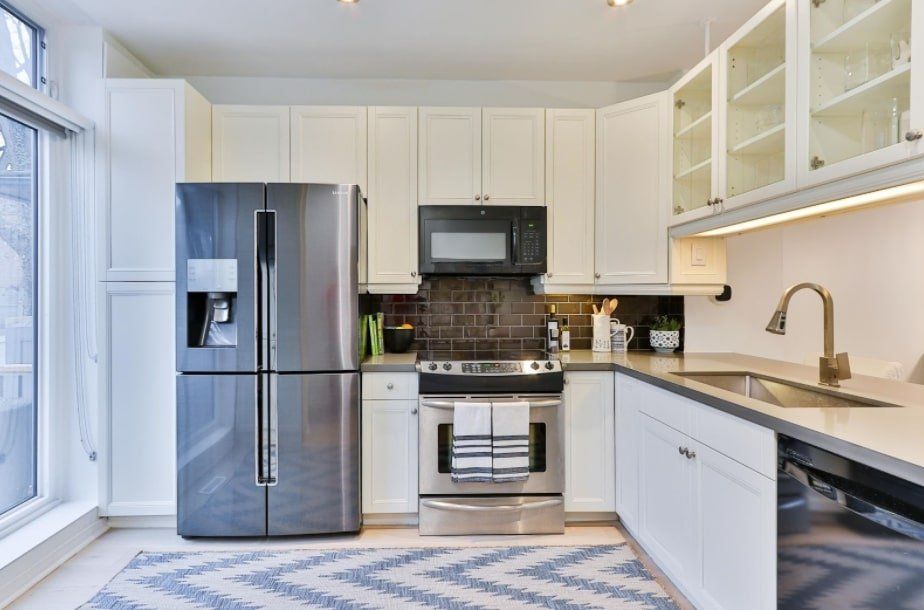
16 Feb, 2022
Your drywall is hung , your cabinets and countertops are installed, and you are ready to move into your new home. Or perhaps you just finished replacing drywall after a faulty washing machine flooded your utility room. Before you can start your new life (or return to normal life) in your home, however, you need appliances! Here are a few places that we recommend visiting in Kitchener.
SERVICE AREA
Contact Us
- Mon - Sun
- -
Drywallers Kitchener Inc.
130 Gay Cres, Kitchener, ON, Canada
(226) 796-9729

